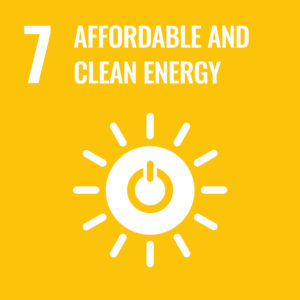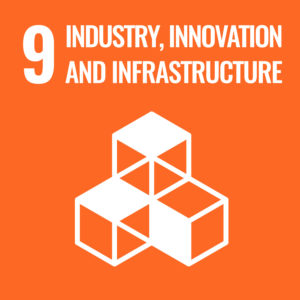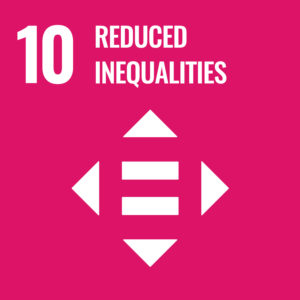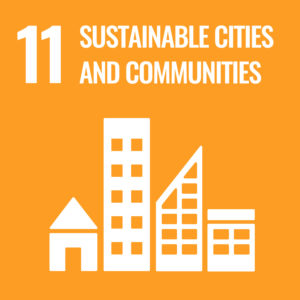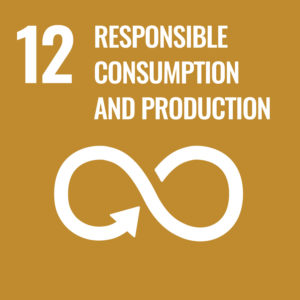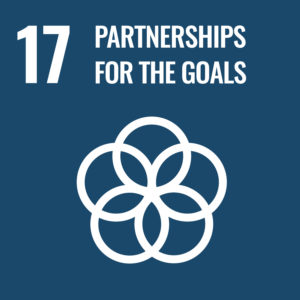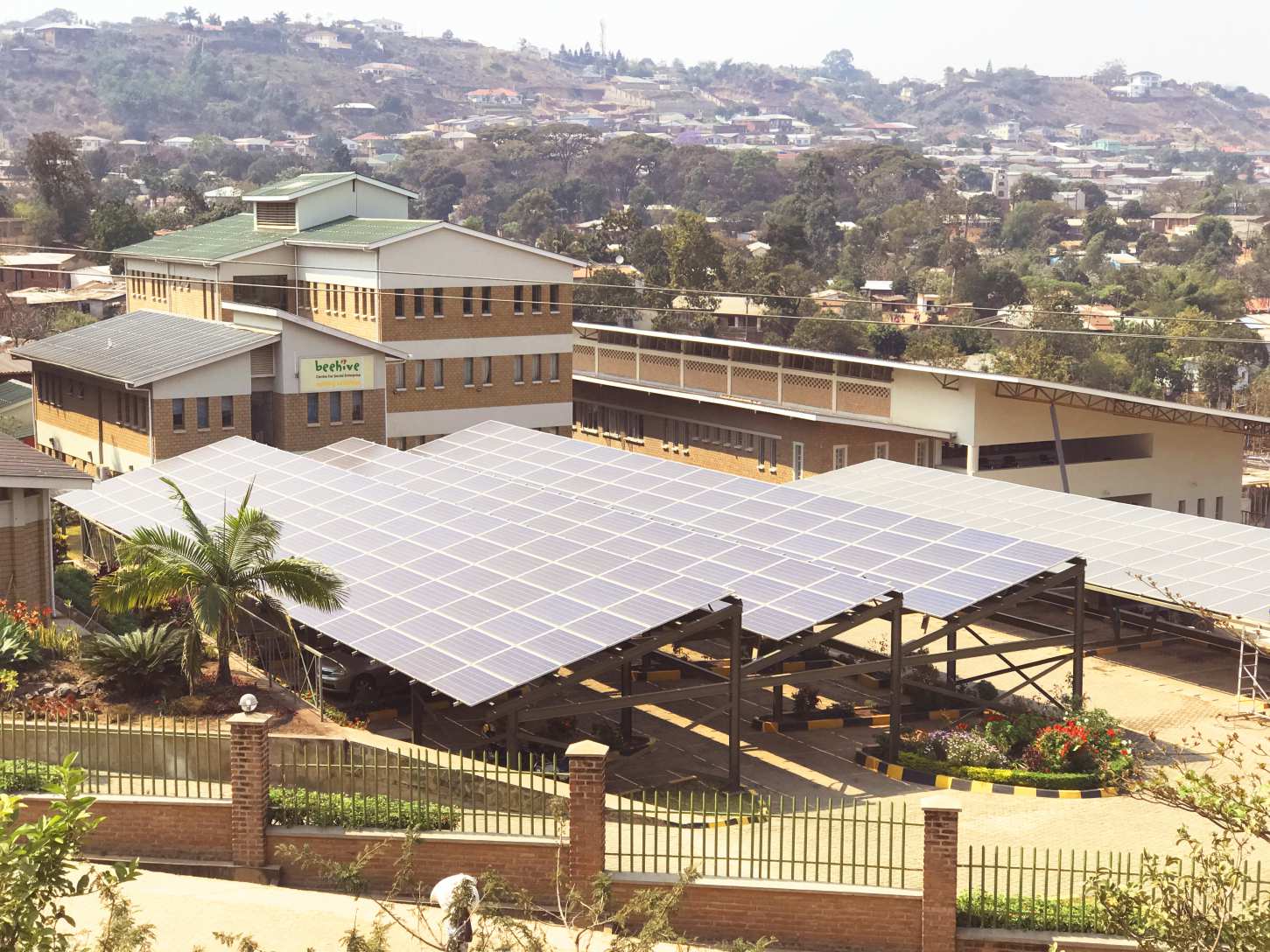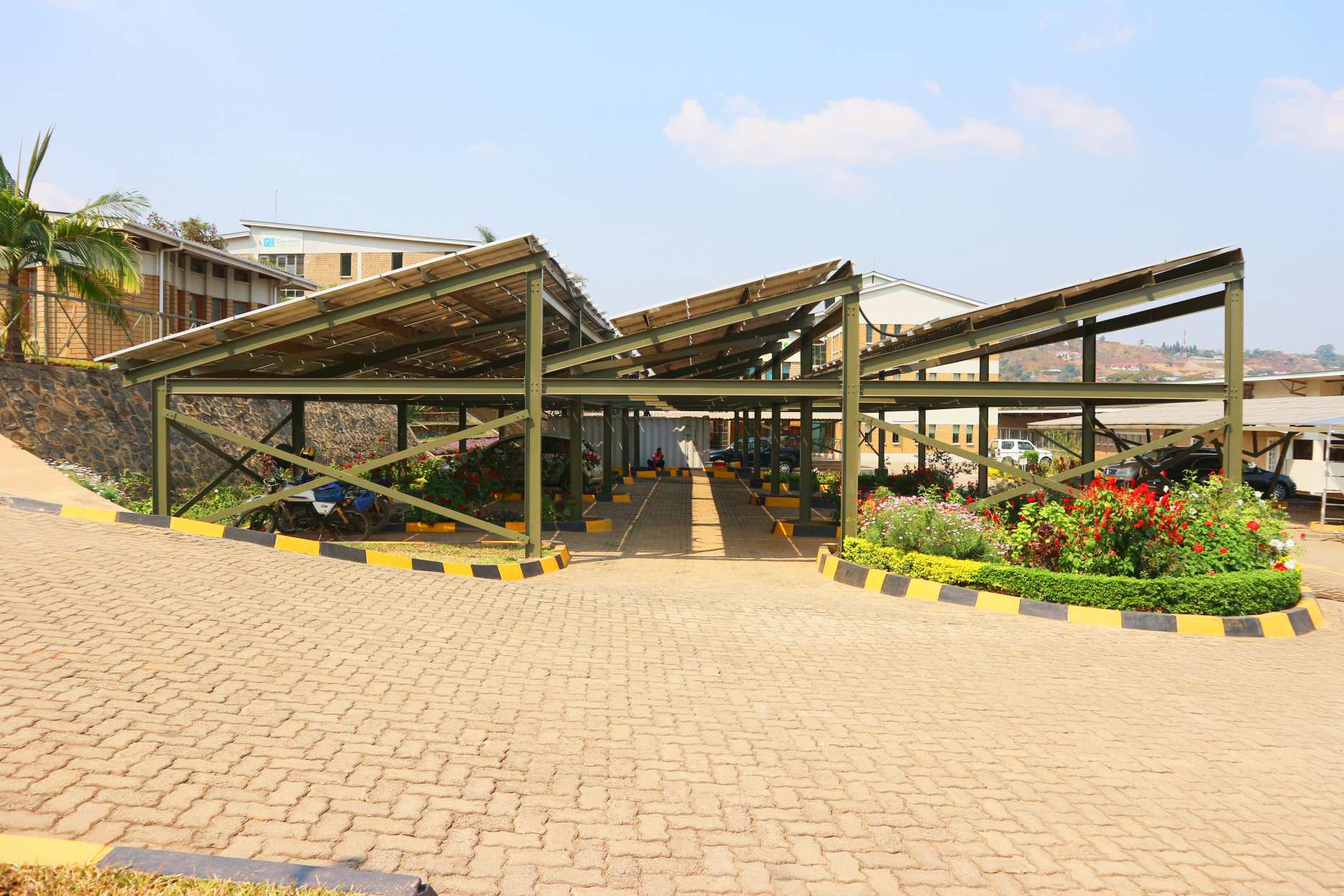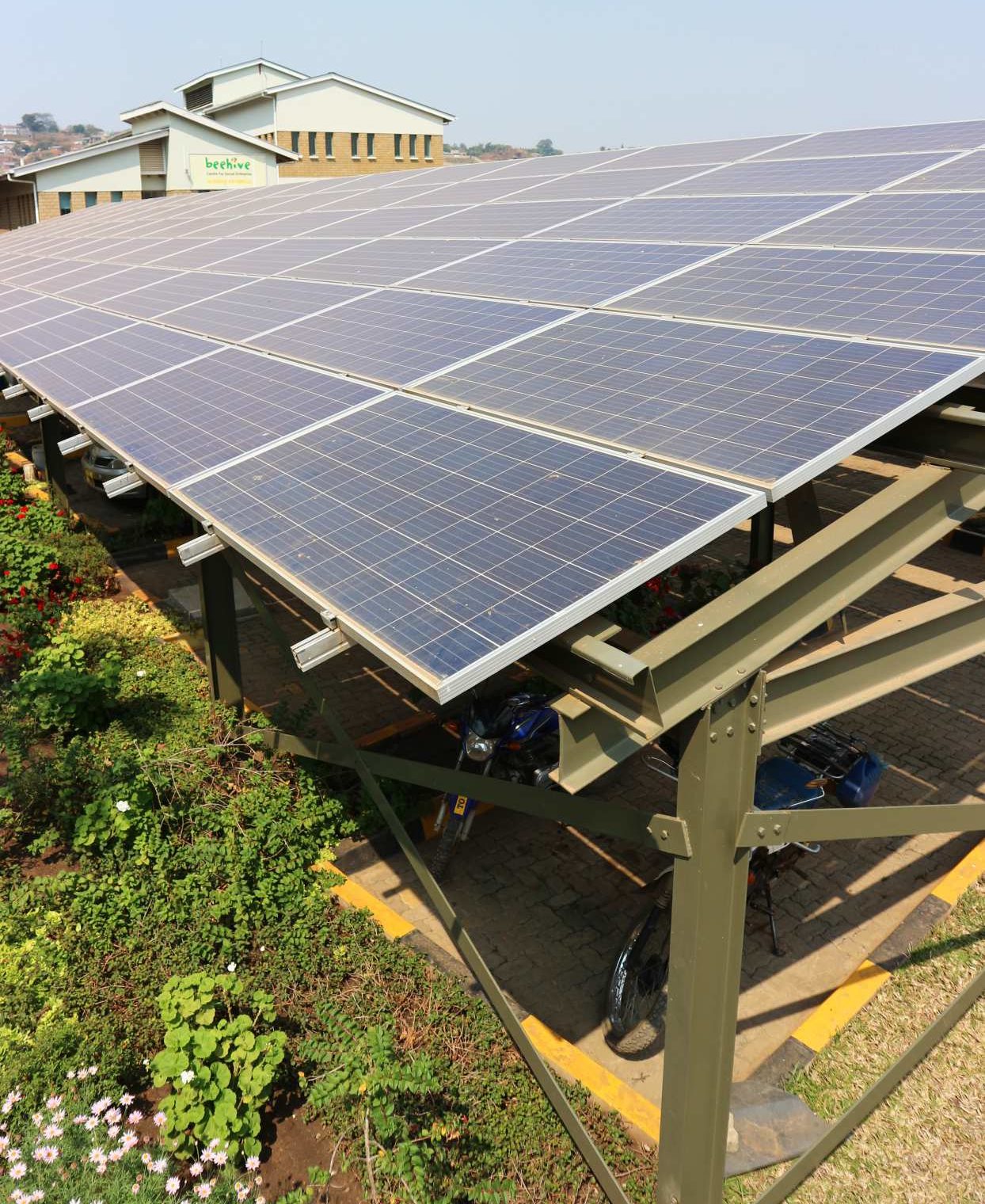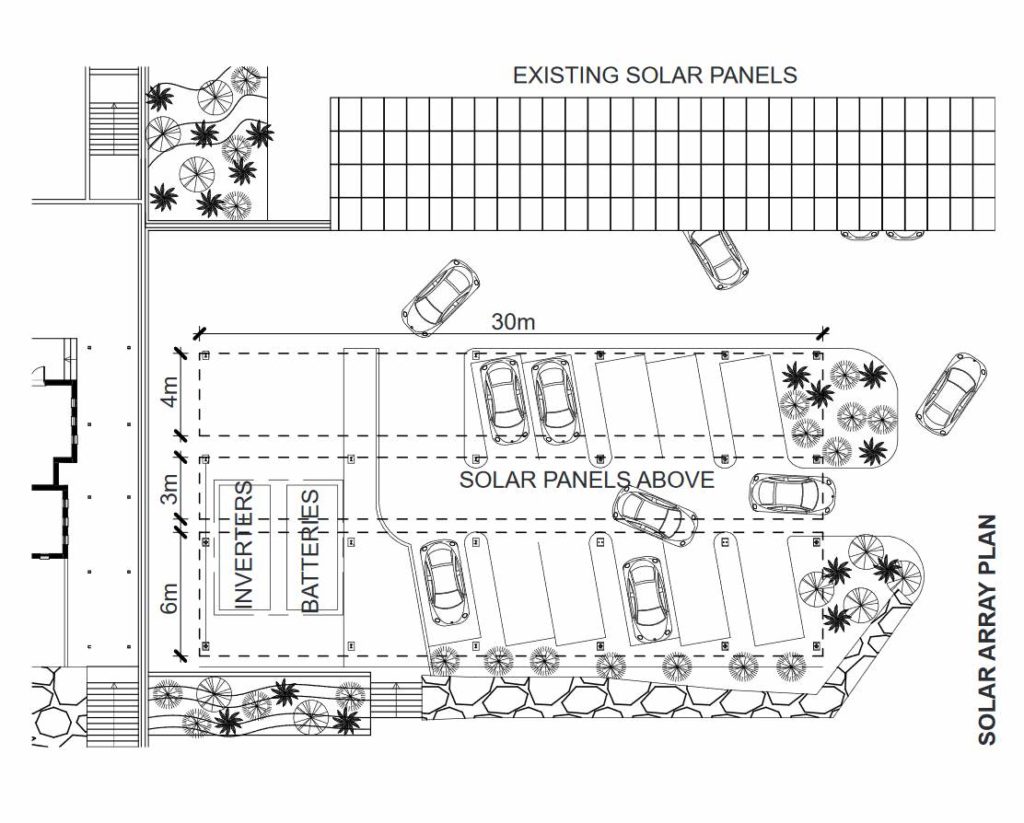Chilomoni, Blantyre
“Supporting us in meeting our daily targets, the only sustainable, cost efficient hope available to keep us working is Beehive’s PV Solar System.”
(Bob Kayange, Senior Electrician at Beehive)
Location
Type
Year of Construction
Design Engineers
Project Engineers
Electrical Engineers
Total Development Area (Approx. GEA)
Number of Storeys
Construction Cost
Cost per m²
“With a population of 17.6 million people, [Malawi] lags behind much of the world on energy access with just 11 percent of its population having access to grid electricity. And for those who are connected to grid power, supply remains largely unreliable. Accelerating energy access has clear benefits through direct impacts on poverty eradication, climate change, health, water and economic transformation.”
(United Nations, 2019)
Beehive’s Main campus in Chilomoni, Blantyre, was imagined as being a world-class hub for youth education and training, and a source of job creation in a community severely lacking employment opportunities. In order to achieve this goal, provision of a reliable electricity supply was vital, in order to create permanent access to computers and the internet, and sufficient lighting when required.
Opened in 2009, the Beehive Main Campus was originally powered by a diesel-run generator whenever the mains electricity supply became unavailable. Costly and contrary to the sustainable message promoted by Beehive, the generator was superseded by a solar array in 2018. The solar array system comprises 315 individual photo-voltaic solar panels, orientated at the optimum angle for their global location, to output a total of 93KW of energy at their peak, more than enough to power every computer and sewing machine on campus. When the sky is overcast, 24 lead-acid batteries are automatically engaged to provide a total of 48KW of power, enough to power the entire campus for approximately one working day. Two high-tech invertors are required to allow energy collected from the solar panels to take one of two different routes simultaneously; firstly directly to the buildings’ electricity lines, and secondly to charge the batteries.
Meet The Team
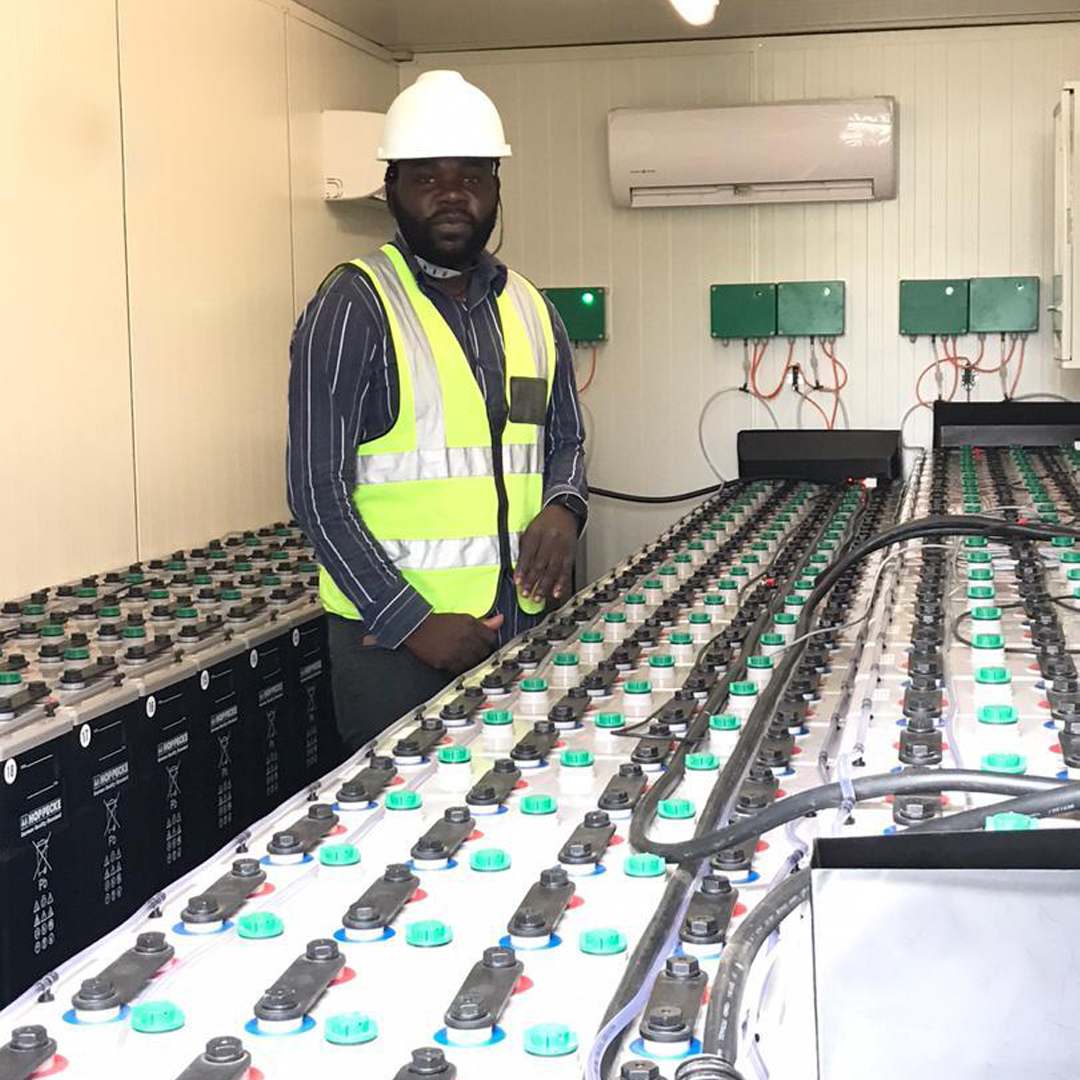
I’m Bob Kayange, I am the Senior Electrician. My job involves supervising, directing and training electricians. I maintain Beehive’s existing PV and electrical systems and develop new ones when required. I both install and test equipment so it’s safe to use. I have a City and Guilds Diploma in Electrical and Electronics Engineering, National Trade Test Certificates of Electrical Installation 1, 2 & 3, as well as certificates in PV, routing & switching and management development. My favourite part of my job is knowing that I’m part of the biggest transformation in Chilomoni and getting to work with a lot of people, from interns to seniors, including volunteers from across the world.
Bob Kayange
Senior Electrician
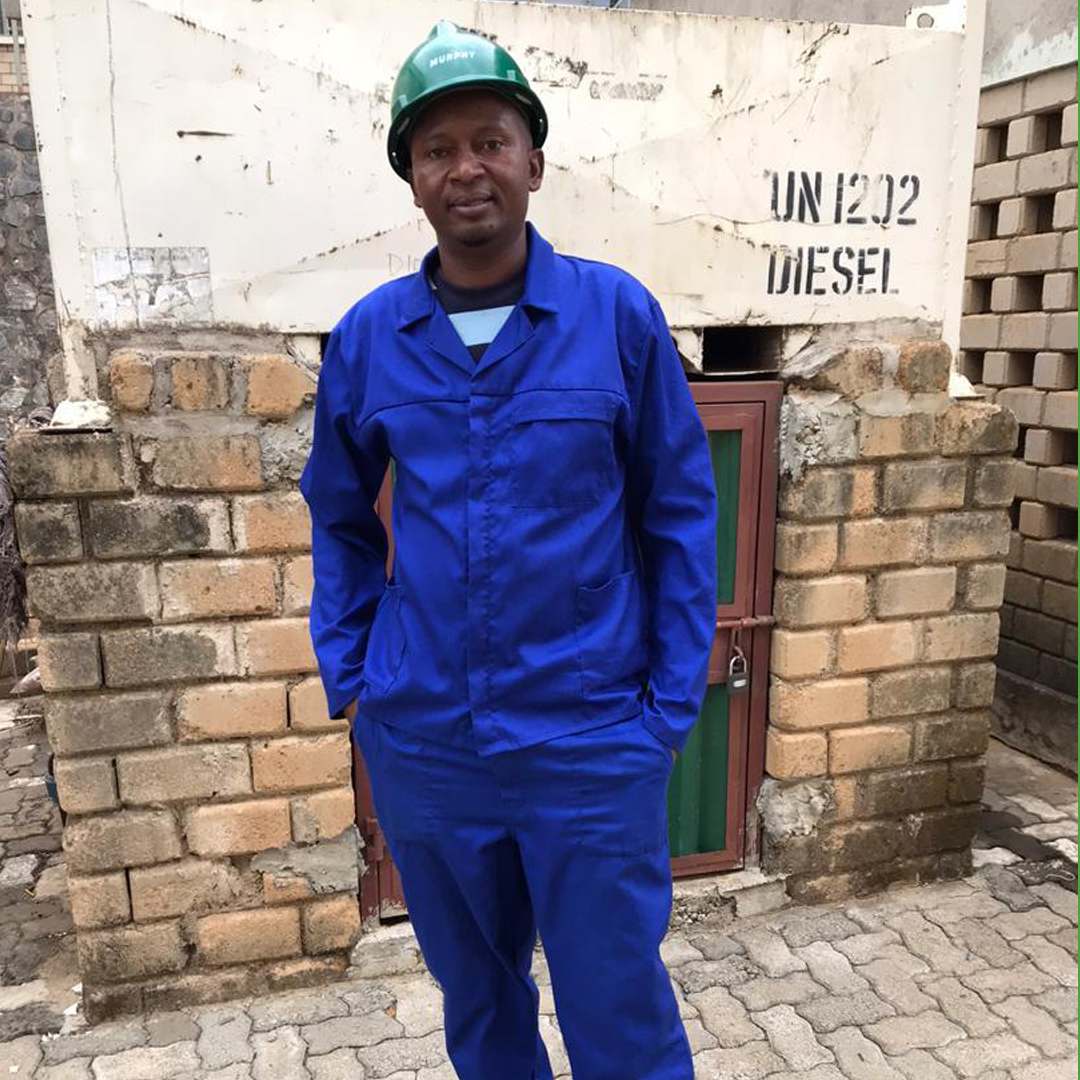
Jean Pierre Kamoto
The project contributes to the following Sustainable Development Goals
